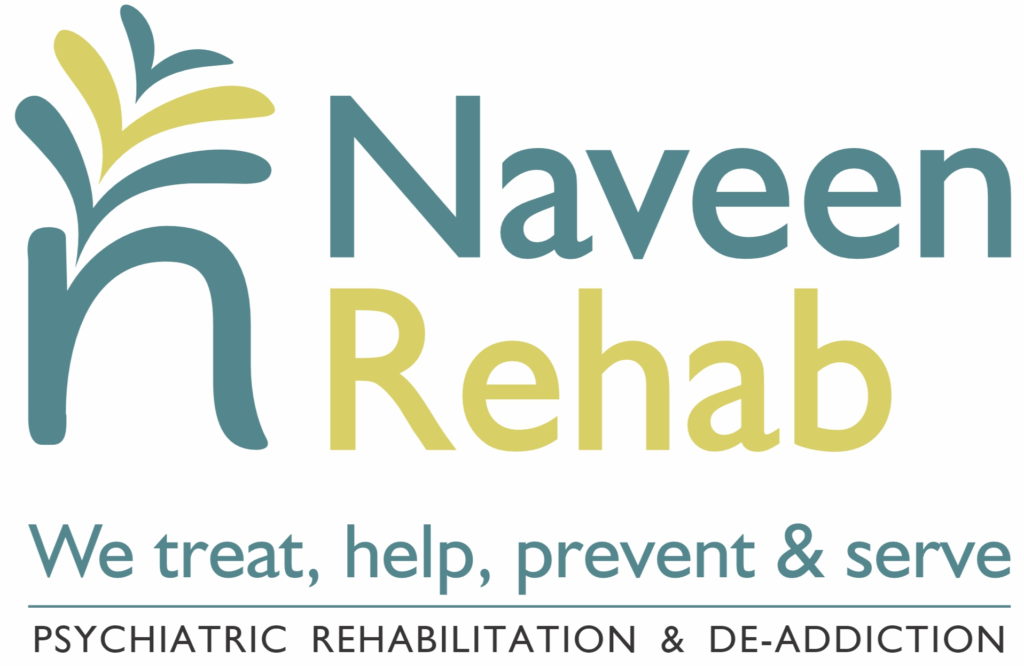
What are Personality Disorders? A Comprehensive Overview
Personality disorders are mental health conditions characterized by enduring patterns of thoughts, emotions, and behaviors that deviate from societal expectations, causing distress and impairing relationships. The definition of personality disorders includes persistent challenges in managing emotions, social interactions, and self-identity. There are several types of personality disorders, broadly classified into three clusters: Cluster A (odd or eccentric behaviors, such as paranoid personality disorder), Cluster B (dramatic or erratic behaviors, like borderline or narcissistic personality disorder), and Cluster C (anxious or fearful behaviors, such as avoidant personality disorder). Individuals with these disorders often exhibit specific characteristics of personality disorders, such as difficulty maintaining relationships, poor emotional regulation, and trouble adapting to daily life demands. While mental health disorders like depression and anxiety can coexist with personality disorders, these conditions are distinct in their long-term impact on personality traits. Early diagnosis and appropriate therapy can help individuals manage symptoms and improve overall quality of life.
The Different Types of Personality Disorders: A Closer Look at Each Category
Personality disorders are categorized into three clusters based on similar characteristics and behaviors. Cluster A personality disorders include paranoid, schizoid, and schizotypal disorders, marked by odd or eccentric behavior. Individuals in this group often exhibit symptoms such as extreme distrust or social detachment. Cluster B personality disorders—including borderline, narcissistic, antisocial, and histrionic disorders—are characterized by dramatic, erratic, or emotional behaviors. These individuals may experience intense mood swings, impulsivity, or a lack of empathy. Cluster C personality disorders consist of avoidant, dependent, and obsessive-compulsive personality disorders, which involve anxiety-driven behaviors such as excessive fear of rejection or the need for control. Each disorder comes with distinct symptoms by type that align with the diagnostic criteria outlined in mental health guidelines. Proper diagnosis is essential for creating effective treatment plans, as the approach to managing these disorders varies depending on the cluster. By understanding the specific traits of each cluster, healthcare professionals can tailor therapies that address the core challenges of the disorder.
Recognizing the Signs and Symptoms: When to Seek Help for Personality Disorders
Recognizing the common symptoms of personality disorders is crucial for early intervention and treatment. Key warning signs often include persistent emotional instability, such as sudden mood swings, irritability, or intense feelings of anger and sadness. Individuals may also face significant interpersonal challenges, struggling to maintain healthy relationships due to trust issues, difficulty with empathy, or frequent conflicts. Problems with self-image issues can also arise, leading to distorted views of oneself and others. These symptoms can result in an unstable sense of identity and a lack of direction in life. When such behaviors cause distress or disrupt daily functioning, it’s essential to seek professional help. Therapy, counseling, and medical intervention can help address these patterns and offer individuals the support needed to manage their condition. Early detection of these warning signs can lead to more effective treatment and better outcomes.
The Causes and Risk Factors Associated with Personality Disorders
Personality disorders arise from a combination of genetic, environmental, and psychological factors. One primary cause is a family history of mental health conditions, suggesting a genetic predisposition to developing personality disorders. Risk factors also include childhood trauma, such as physical, emotional, or sexual abuse, which can significantly impact emotional development. Environmental factors like unstable family life, neglect, or exposure to violence can further heighten vulnerability. Additionally, brain structure and neurobiological imbalances may contribute to the development of these disorders. Social isolation and dysfunctional relationships also increase the likelihood of emotional instability. While there’s no singular cause, the interaction of these risk factors significantly influences whether someone develops a personality disorder. Early intervention and therapy can help mitigate their impact and improve long-term outcomes.
Treatment Options for Personality Disorders: Pathways to Recovery and Management
Effective treatment for personality disorders often involves a combination of psychotherapy approaches and medication. Psychotherapy, particularly cognitive-behavioral therapy (CBT) and dialectical behavior therapy (DBT), is considered the primary treatment method. These approaches help individuals develop healthier thinking patterns, regulate emotions, and build better relationships. In some cases, medications for treatment, such as antidepressants or mood stabilizers, may be prescribed to manage specific symptoms. Developing personalized coping strategies is also crucial for addressing daily emotional and interpersonal challenges. Additionally, long-term management options like ongoing therapy, support groups, and self-care routines can help maintain stability. The effectiveness of therapy varies depending on the individual and the severity of the disorder, but with commitment, many individuals experience significant improvement. Long-term recovery often requires sustained effort, but the right combination of treatments can lead to meaningful progress and a better quality of life.
The Importance of Support: How Friends and Family Can Help Individuals with Personality Disorders
Building strong support networks is essential for individuals with personality disorders. Friends and family play a critical role in their recovery by providing emotional stability and encouragement. Communication strategies are key to maintaining positive relationships; practicing patience, active listening, and empathy can reduce misunderstandings and conflicts. It’s also vital to focus on educating loved ones about mental health, helping them understand the complexities of personality disorders and how they affect behavior. Being informed allows family members to be more supportive and compassionate. Loved ones should strive to be an ally for recovery by encouraging therapy, promoting healthy coping mechanisms, and remaining nonjudgmental. The presence of a solid support system can improve treatment outcomes, reduce isolation, and offer individuals the motivation needed for long-term recovery and management.
Conclusion: Breaking the Stigma Around Personality Disorders and Encouraging Open Conversations About Mental Health
Breaking the stigma surrounding personality disorders is crucial to fostering understanding and support for those affected. Misconceptions and negative stereotypes often prevent individuals from seeking the help they need, leading to isolation and prolonged suffering. By encouraging open conversations about mental health, we can create a more compassionate society where people feel comfortable discussing their struggles without fear of judgment. Education is key—when we spread awareness about the realities of personality disorders, we pave the way for better treatment options, stronger support systems, and a shift in how mental health is perceived. Together, we can help those with personality disorders find the path to recovery and thrive.


